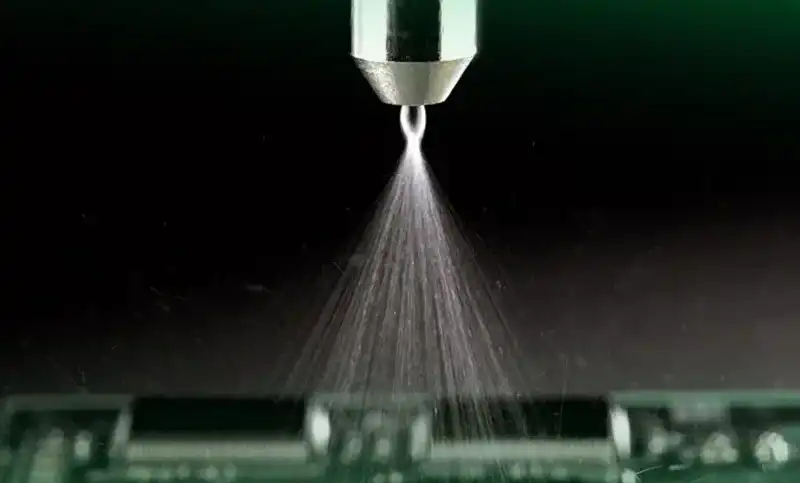
The success of a printed circuit board lies in its top-notch manufacturing process. While manufacturing, it’s a good idea to use high-quality materials, but what if you forgot or simply didn’t bother applying a protective coating on it? It’s highly crucial for the PCB manufacturers to apply some sort of coating on the PCBs, so they stay safe from outside interference.
In this article, you’ll learn about the importance of conformal coating, its types, materials, and how to apply conformal coating in detail.
When manufacturing a PCB, there’s a thin protective layer applied on it. That’s conformal coating. There can be several types of materials used in conformal coating. The only objective of conformal coating is to keep the PCB safe from UV effects, water spillage, dust, and scratches.
Moreover, it adds a protective layer, that acts as a shield to avoid electromagnetic interference, conduction of electricity, etc., while still facilitating smooth heat conduction to the heatsinks.
Conformal coating is not harmful to humans when touched, which is why a direct skin touch with a PCB with a conformal coating is perfectly safe for us.
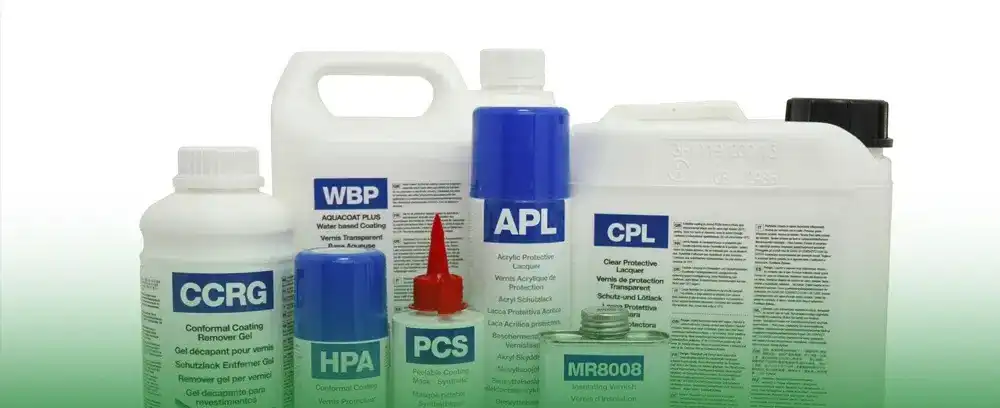
Silicones are highly preferred in the electronics industry for conformal coating since it can resist heat up to high temperatures. Moreover, it’s a flexible material, that fits in perfectly for use as a conformal coating. Silicones can be melted and applied as a liquid to the PCBs, that later dries up to make a strong bond with the circuit boards without harming the components.
These are another preferred materials, that is applied as liquid and gets cured upon physical drying. It offers a plastic sort of lamination to the PCBs and keeps them safe from water spillage.
This conformal coating material offers great strength to the PCB and excellent resistance to shock, scratches, humidity, etc.
1.Water-based conformal coating
This is a classification of a conformal coating type, where the material dries up when the water in the solvent dries. It’s a cost-effective solution when it comes to conformal coating.
Manufacturers can use a variety of water-based solutions such as acrylics, etc. You can expect high level of chemical resistance from this type of conformal coating.
2.Silicone conformal coating
It’s a type of conformal coating, where silicones are used in particular, hence the name Silicone Conformal Coating. The primary use of this coating is seen where the PCB needs to be protected from fluctuating temperatures.
Moreover, when the PCB is expected to work under high temperatures, or if the client needs improved thermal conductivity, then silicone conformal coating may be preferred.
3.UV cure conformal coating
When high cure speed is expected, the manufacturers prefer UV cure conformal coating. It has the fastest cure time, and offers excellent chemical resistance. In order to achieve fast cure time, the manufacturers put apply a conformal coating layer and put the PCB under UV light.
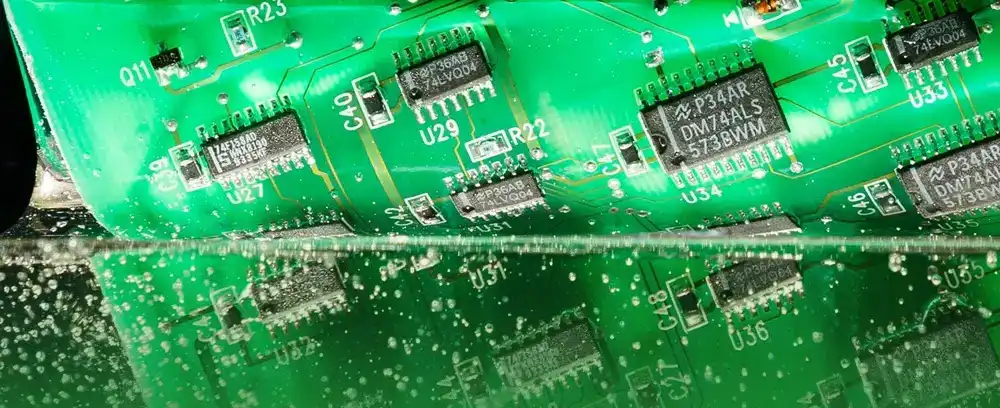
1.By applying a conformal coating layer, you’re adding a protective layer to your PCB. That way, you can reduce the cost of expensive housing or enclosures to keep your PCB protected.
2.There’s literally negligible weight added to the PCB with a conformal coating. That way, there’s no way your shipping cost will increase while your PCB will get a protective layer.
3.There’s absolutely no risk of corrosion of your PCB (PCB corrosion).
4.You can eliminate environmental stress and interference by applying a layer of conformal coating.
5.Applying a conformal conformal coating layer is the easiest and quickest way of adding an insulated layer to your PCB. That’s highly cost-effective too.
6.The performance of the PCB will be at the highest level for decades, since it’ll stay protected from heat, dust, UV, moisture, etc.
1.Potting uses epoxy resins in particular, while conformal coating uses acrylics, urethane, silicones, etc.
2.Potting adds a lot of weight and volume to the overall PCB. Conformal coating adds minimal weight, which is always negligible.
3.The PCB assembly get entirely covered in epoxy resin, and it becomes impossible to get the PCB safely out of the potting. The PCB in conformal coating is visible and you can always figure out what components are embedded on it.
4.Conformal coating has low resistance to shock and damage from accidental knockouts, while potting gives incredible strength to the PCB by securing it from accidental shocks and knocking to the hard surfaces.
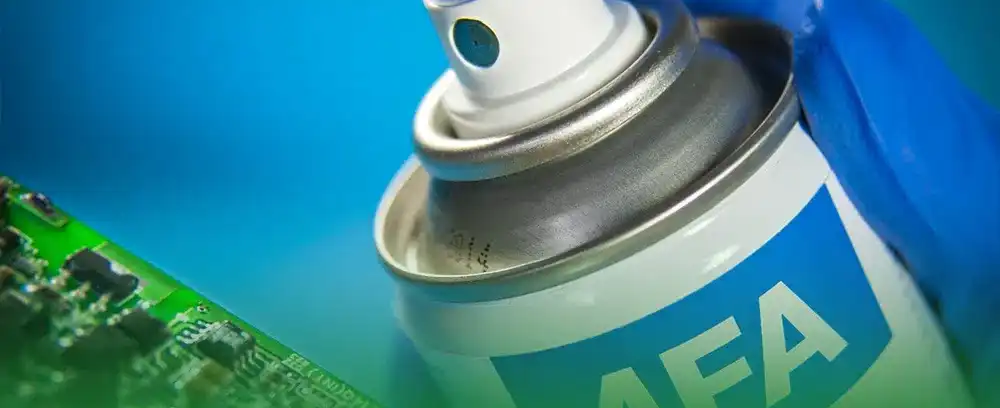
Conformal coating can be applied in several ways:
Manual Applications
1.Brush-based coating: This technique requires manually applying a coat of conformal material by hands. The applicant wears protective gloves and uses a brush to apply a layer of conformal coating to the PCB.
2.Spray Gun: The applicant will use a spray gun to spray paint conformal material on the PCB.
3.Aerosol Spray: A spray can, otherwise called an aerosol spray technique is used to spray the conformal material to the PCB.
Automatic Applications
1.Selective coating machines: Specially designed selective coating machines enable manufacturers to automatically add a layer of conformal coating to the PCBs.
2.Automatic dipping: the PCBs are dipped in the conformal coating material tank through an automatic machine, just like car bodies are dipped in car paint tanks.
1.Air bubbles: When air gets trapped between the conformal coating layer and PCB, air bubbles get formed. This happens when the coating is applied very quickly, giving air no time to escape. Applying a thick layer of coating also introduces this issue.
2.Pinholes: Just the opposite of air bubbles is pinholes, when there’s unattended PCB surface by the coating. Pinpoint-sized areas left to be coated are termed as pinholes.
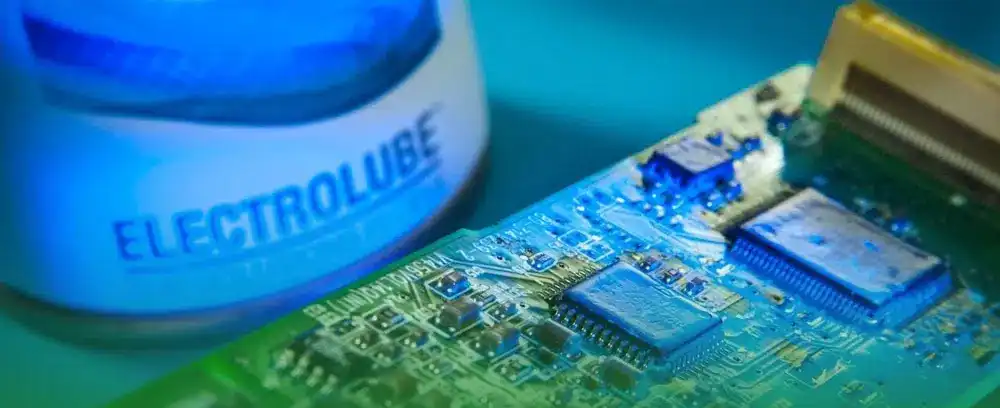
1.Avoid very thick coating as that can introduce foaming, pinholes, or air bubbles.
2.If manually applying a coating, don’t spray or brush on the same surface multiple times, as that can add an extra layer of coating on some area, resulting in uneven coating.
So that’s about everything you need to know about integrated circuits and how they work. We at Qtech are always ready to give you solid advice about PCBs, PCBA, and ICs. Talk to us today and find out more on what we offer. With over a decade of experience in this field, you’re guaranteed quality always.